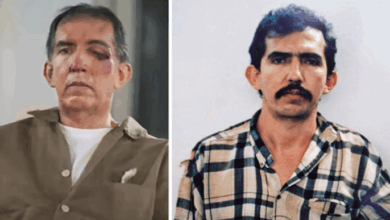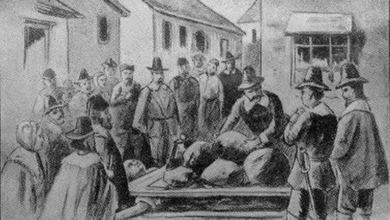The Monster of the Andes
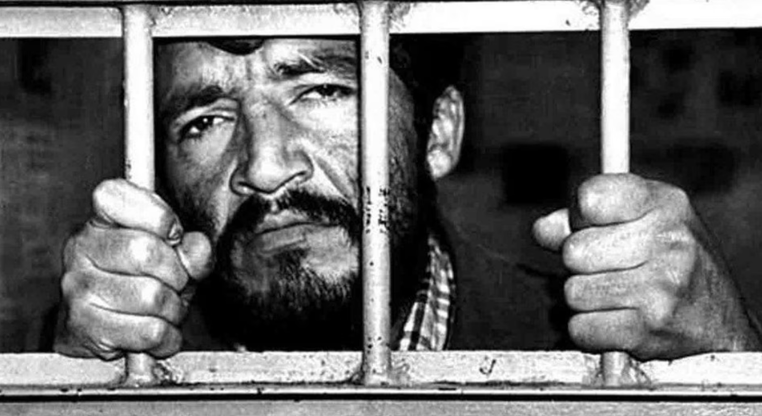
Pedro Alonso López – The Monster of the Andes
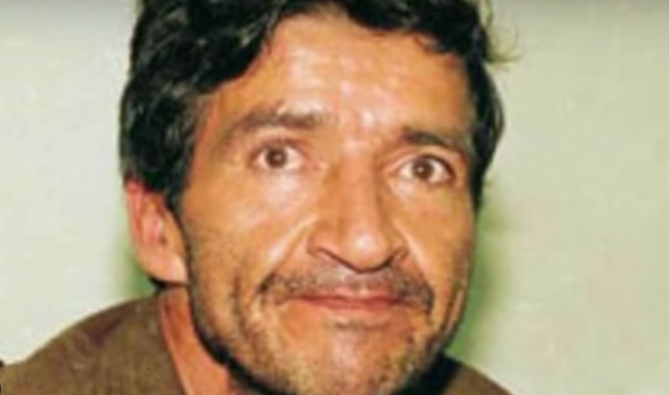
Pedro Alonso López, born October 8, 1948, in Santa Isabel, Colombia, is a convicted Colombian serial killer believed to have murdered over 300 young girls across Colombia, Ecuador, and Peru during the 1970s and early 1980s. His crimes earned him the nickname “The Monster of the Andes”, and he is considered one of the most prolific serial killers in recorded history.
Early Life and Trauma
Pedro López’s childhood was marked by abuse, neglect, and hardship. He was born into a large family of thirteen children. His mother, a sex worker, struggled to provide for them. His father was killed in a civil war conflict before López was born. At the age of eight, after allegedly molesting his younger sister, Pedro was expelled from the family home. Left to fend for himself on the streets of Bogotá, he was subjected to repeated sexual abuse and physical violence.
A foreign couple later took him in and enrolled him in a school for orphans. However, after being molested by a male teacher, López ran away, returning to a life of crime and survival on the streets. These traumatic experiences deeply affected his psyche and contributed to his future as a violent predator.
Early Criminal Activities and Incarceration
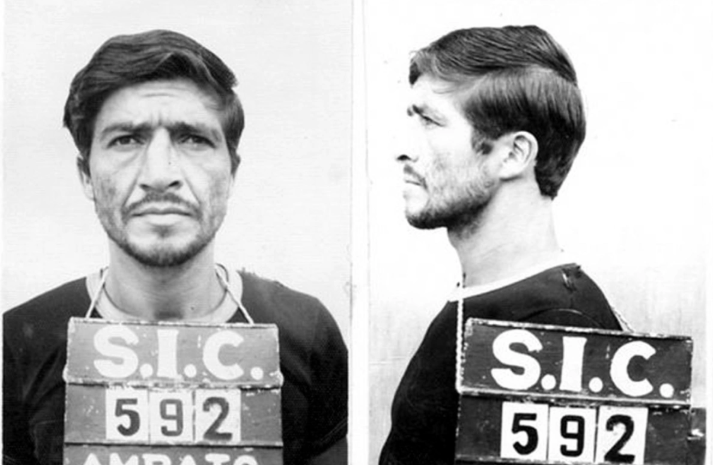
In 1969, López was imprisoned for stealing a car. While in jail, he was gang-raped by several inmates. In retaliation, he claimed to have killed three of his attackers. This experience solidified his growing hatred and warped view of the world.
After serving his sentence, he was released in the early 1970s. By this time, López had developed a specific modus operandi. He would lure young girls from impoverished areas by pretending to be a kind stranger or offering them small gifts. Once he gained their trust, he would take them to a secluded location, sexually assault them, and then strangle them to death.
Killing Spree Across Three Countries
López began his killing spree in Peru, where he claimed to have murdered over 100 girls. Local indigenous tribes reportedly caught him attempting to kidnap a young girl and buried him up to his neck in the sand. An American missionary intervened and convinced the tribe to let López go, unaware of his true intentions.
From Peru, López traveled to Ecuador and Colombia, continuing his spree of rape and murder. His victims were typically girls between the ages of 8 and 12, often taken from rural villages and marketplaces. Authorities were slow to connect the disappearances, largely because the victims came from poor backgrounds and lived in remote regions.
By 1980, the authorities began noticing a pattern in Ecuador, where a growing number of young girls were vanishing. In that same year, López was caught in Ambato, Ecuador, when he attempted to abduct a girl from a crowded marketplace. Local merchants and bystanders detained him and turned him over to police.
Confession and Investigation
Initially, police did not believe the full extent of López’s claims. However, under interrogation, he confessed to the murders of over 300 girls and led authorities to a mass grave containing the remains of 53 victims. He described his crimes in chilling detail, expressing no remorse. He even claimed that he felt joy watching the “light fade” from his victims’ eyes.
Authorities were shocked by the magnitude of his confessions and the accuracy of the information he provided. He could recall exact locations, clothing the girls were wearing, and details only the killer could know. His psychological evaluation revealed he was not only highly intelligent but also pathologically disturbed.
Trial, Sentencing, and Release
In 1983, López was convicted in Ecuador of 110 murders, though the actual number of victims was likely much higher. The maximum sentence under Ecuadorian law at the time was 16 years, regardless of the number of victims. He served 14 years before being released early for good behavior in 1994.
His release sparked global outrage. He was deported to Colombia, where he was briefly held and then committed to a psychiatric hospital in Bogotá. After just one year, he was declared sane and released in 1998 on the condition that he check in with the police regularly. He failed to comply and disappeared soon after. His current whereabouts remain unknown.
Suspected Continued Crimes and Legacy
In 2002, Colombian authorities issued a warrant for López’s arrest, suspecting him of involvement in a new murder. He has not been seen or captured since. He remains on Interpol’s most-wanted list and is considered extremely dangerous.
Pedro López’s case is considered one of the most extreme failures of the justice system. Despite his horrific crimes, he served less time than many non-violent offenders. His early release and subsequent disappearance raise troubling questions about mental health assessments, legal sentencing in different countries, and the challenges of international law enforcement.
Conclusion
Pedro Alonso López—The Monster of the Andes—remains a chilling figure in the annals of criminal history. With a confirmed victim count of over 100 and self-proclaimed responsibility for over 300 deaths, his case remains a grim testament to the capacity for human evil. The inability of multiple countries to detain him permanently serves as a cautionary tale about the importance of coordinated international justice, the protection of children, and the long-term impact of untreated psychological trauma.

